Electrical circuits and optical systems are both technology domains in which quantum information can be manipulated, stored, and transmitted. But there is presently no way to transmit quantum information between these domains, hindering the creation of a quantum network of superconducting quantum computers. We investigate the electro-optic transduction of quantum information to enable such a quantum network.
About the Lehnert Group
Research Areas
Is sound a quantum phenomenon? Indeed, it’s now possible to prepare and detect single quantum units of sound. We explore the possibilities enabled by this new science of quantum acoustics.
Several experiments searching for physics beyond the standard model now encounter quantum noise that limits their precision. We study ways to use quantum enhanced methods to circumvent these quantum limits.
Quantum computers are fundamentally digital machines, but their operation requires analog circuity that works in the quantum regime. We create and study innovative quantum electrical circuits.
Stories About Our Research
Research Highlights
In the Spotlight
In a recent significant visit to JILA, a joint institute established by the National Institute of Standards and Technology (NIST) and the University of Colorado Boulder, U.S. Senator John Hickenlooper discussed the transformative potential of quantum computing on Colorado's economy, job industry, and educational sector. The visit underscored the state's growing prominence in the quantum technology landscape.
Read More
JILA and NIST Fellow, along with University of Colorado Professor Konrad Lehnert will be leading a project through the Department of Defense (DoD) competitive Multidisciplinary University Research Initiative (MURI) Program. CU Boulder was matched only by the Massachusetts Institute of Technology in receiving three MURI awards.
Read More
Konrad Lehnert becomes the 6th JILA Fellow elected as an American Association for the Advancement of Science (AAAS) Fellow by the Council of the AAAS.
Read More
JILA Fellow Konrad Lehnert has been awarded the Department of Defense’s most prestigious single-investigator award.
Read More
JILA Address
 We are located at JILA: A joint institute of NIST and the University of Colorado Boulder.
We are located at JILA: A joint institute of NIST and the University of Colorado Boulder.
Map | JILA Phone: 303-492-7789 | Address: 440 UCB, Boulder, CO 80309


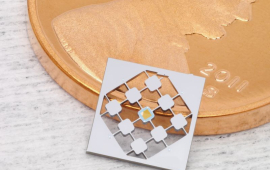
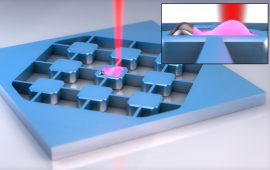
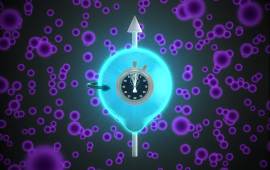
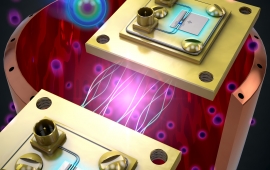
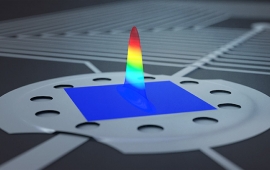
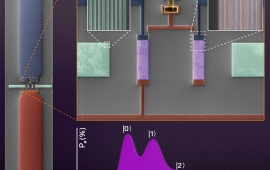

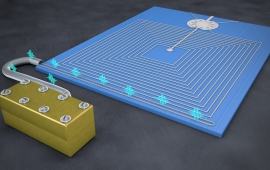
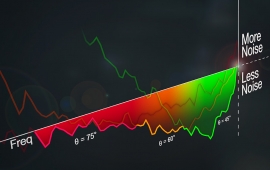
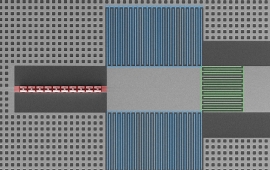
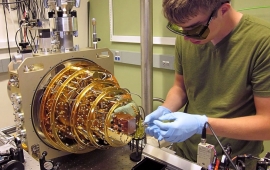
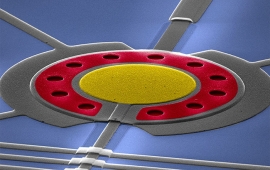
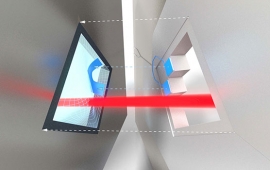

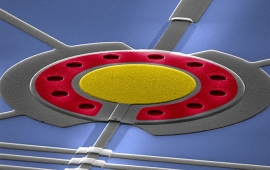
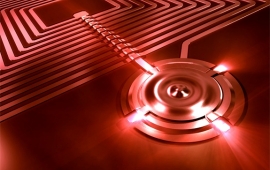
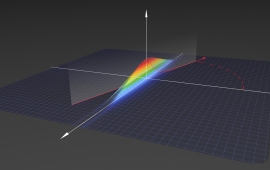
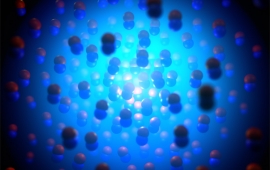
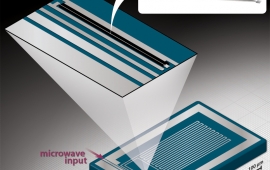
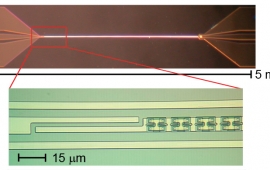
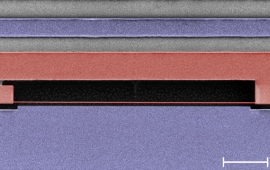
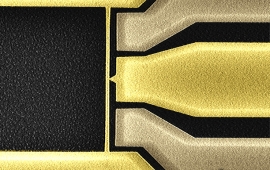
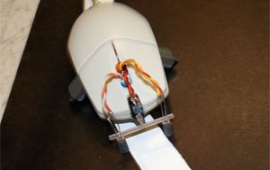
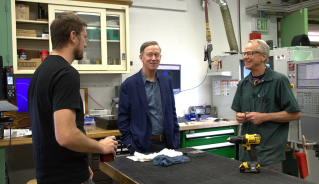
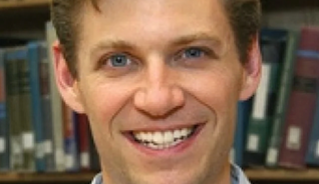
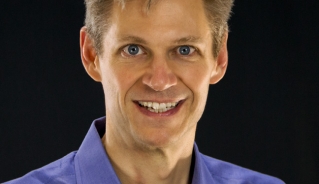
 The Physics Frontiers Centers (PFC) program supports university-based centers and institutes where the collective efforts of a larger group of individuals can enable transformational advances in the most promising research areas. The program is designed to foster major breakthroughs at the intellectual frontiers of physics by providing needed resources such as combinations of talents, skills, disciplines, and/or specialized infrastructure, not usually available to individual investigators or small groups, in an environment in which the collective efforts of the larger group can be shown to be seminal to promoting significant progress in the science and the education of students. PFCs also include creative, substantive activities aimed at enhancing education, broadening participation of traditionally underrepresented groups, and outreach to the scientific community and general public.
The Physics Frontiers Centers (PFC) program supports university-based centers and institutes where the collective efforts of a larger group of individuals can enable transformational advances in the most promising research areas. The program is designed to foster major breakthroughs at the intellectual frontiers of physics by providing needed resources such as combinations of talents, skills, disciplines, and/or specialized infrastructure, not usually available to individual investigators or small groups, in an environment in which the collective efforts of the larger group can be shown to be seminal to promoting significant progress in the science and the education of students. PFCs also include creative, substantive activities aimed at enhancing education, broadening participation of traditionally underrepresented groups, and outreach to the scientific community and general public.